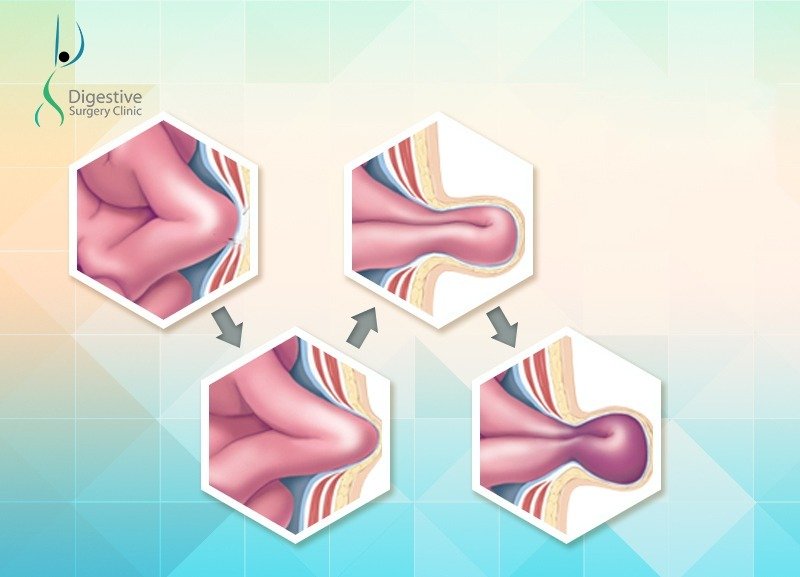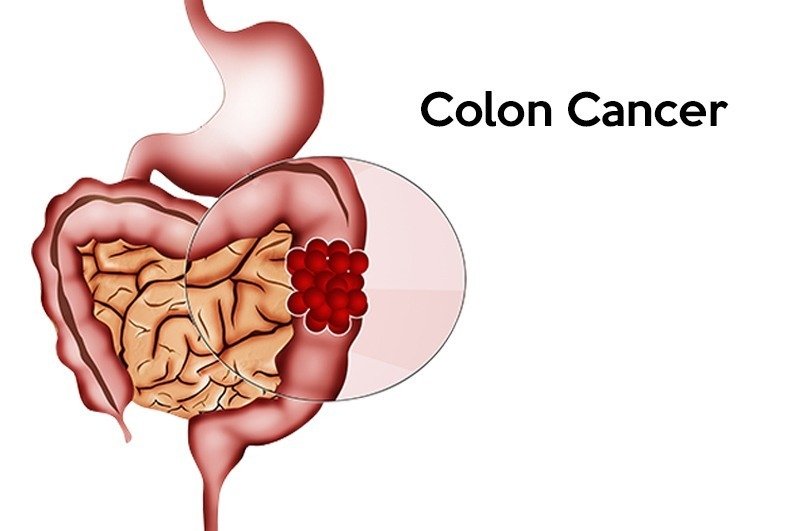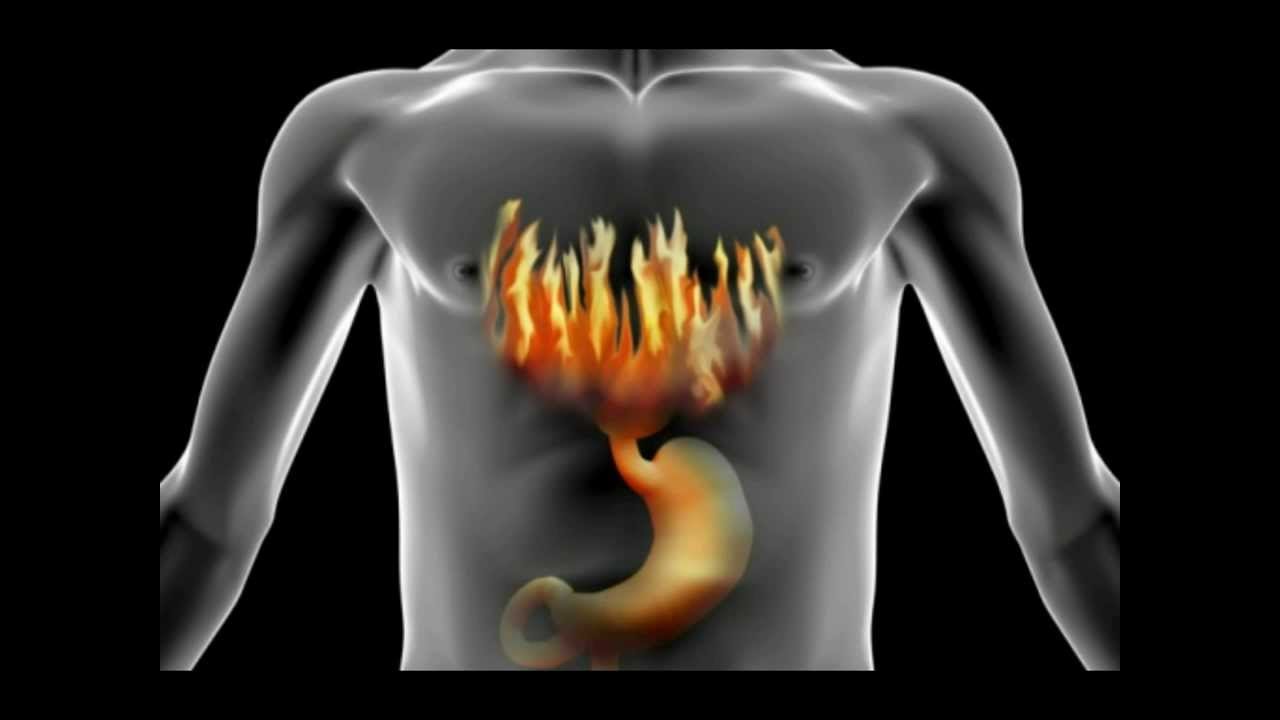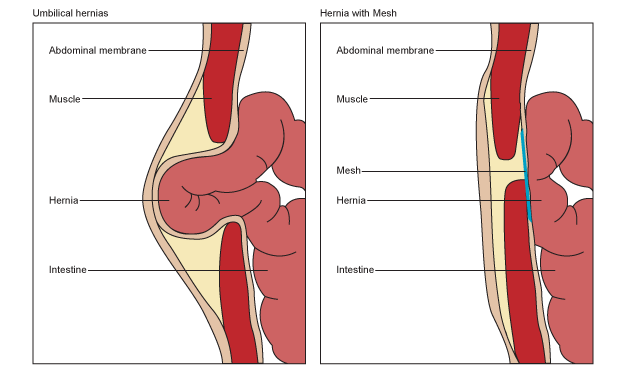Hernia surgery is undergoing continuous change in technique to improve results and to meet high expectations of the patient. No more is one surgery held as treatment for all and neither is one technique. Each case is evaluated and strategy tailor made. Thus, we now perform open Stoppa repair, component separation procedure, laparoscopic IPOM to… Continue reading Laparoscopic Ventral Hernia Repair – Overcoming Incisional Hernia
Laparoscopic Ventral Hernia Repair – Overcoming Incisional Hernia










